Author: Mike Neville
Brewers of every scale have available to them myriad options when it comes to fermentation vessel, from small PET carboys to huge stainless tanks. Even when the material of the vessel is the same, some believe other factors can impact the character of the finished beer.
One big difference is headspace, which isn’t necessarily a topic many brewers worry about, though there’s some evidence larger amounts can lead to a finished product with noticeably different characteristics than if a larger volume of beer had been fermented with less headspace. Another argument has to do with the size of the vessel and the amount of osmotic pressure that’s present, as this is believed by some to have an impact on yeast stress.
In the time I’ve been brewing, I’ve used a few different types of fermentation vessels and can confidently say I never worried about how the fermenter impacts beer character. While most past xBmts comparing different types of fermenters have returned non-significant results, one looking at the impact of different amounts of headspace found tasters could reliably tell the beers apart. Curious about the interplay of fermentation vessel and headspace, I designed an xBmt to test it out!
| PURPOSE |
To evaluate the differences between an American Brown Ale fermented in a 6 gallon/23 liter vessel and the same volume fermented in a 13 gallon/49 liter vessel.
| METHODS |
For this xBmt, I went with a spin on an American Brown Ale recipe I’ve had luck with in the past.
Clown In The Woods
Recipe Details
| Batch Size | Boil Time | IBU | SRM | Est. OG | Est. FG | ABV |
|---|---|---|---|---|---|---|
| 11.5 gal | 60 min | 28.5 | 22.5 SRM | 1.064 | 1.015 | 6.43 % |
| Actuals | 1.064 | 1.015 | 6.43 % | |||
Fermentables
| Name | Amount | % |
|---|---|---|
| Lamonta: Pale American Barley Malt | 19 lbs | 73.08 |
| Munich | 2 lbs | 7.69 |
| Opal 22: Graham and Cocoa Malt | 2 lbs | 7.69 |
| Chocolate Malt | 1 lbs | 3.85 |
| Rimrock: Vienna-style Rye Malt | 1 lbs | 3.85 |
| Wheat | 1 lbs | 3.85 |
Hops
| Name | Amount | Time | Use | Form | Alpha % |
|---|---|---|---|---|---|
| Chinook | 7 g | 60 min | Boil | Pellet | 12.1 |
| Sonnet | 28 g | 10 min | Boil | Pellet | 5.4 |
| Southern Star | 28 g | 10 min | Boil | Pellet | 13.3 |
| Chinook | 43 g | 5 min | Boil | Pellet | 12.1 |
| Columbus LUPOMAX | 43 g | 5 min | Boil | Pellet | 20 |
Yeast
| Name | Lab | Attenuation | Temperature |
|---|---|---|---|
| Pub (A09) | Imperial Yeast | 74% | 32°F - 32°F |
Notes
| Water Profile: Ca 125 | Mg 20 | Na 8 | SO4 310 | Cl 56 |
Download
| Download this recipe's BeerXML file |
After collecting the water for a single 11.5 gallon/44 liter batch, I weighed out and milled the grain.
With the water properly heated, I incorporated the grains then checked to make sure the mash was at my target temperature.
During the mash rest, I prepared the kettle hop additions.
Once the mash was finished, I batch sparged to collect my target pre-boil volume then proceeded to boil the wort 60 minutes, adding hops at the times listed in the recipe.
When the boil was complete, I quickly chilled the wort.
Next, I split the wort evenly between a 6 gallon/23 liter Spike FLEX+ and 13 gallon/49 liter Spike CF10, each receiving 5.75 gallons/22 liters of wort.
A refractometer reading showed the wort was at my target OG.
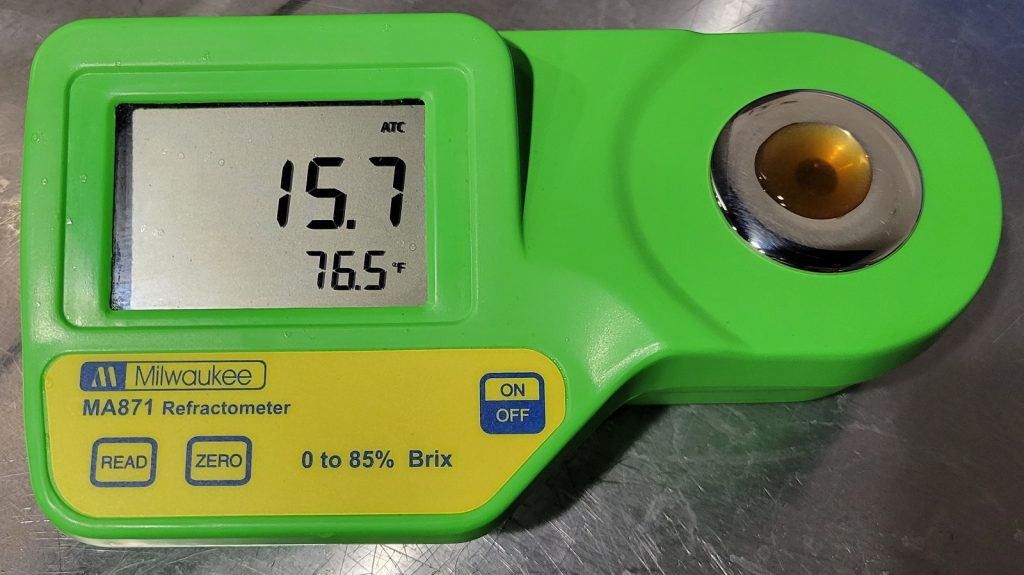
The fermenters were connected to my glycol unit and allowed to finish chilling to my desired fermentation temperature of 68°F/20°C, at which point I pitched a single pouch of Imperial Yeast A09 Pub into each batch.
The beers were left to ferment for 9 days before I took hydrometer measurements showing both had reached the same FG.
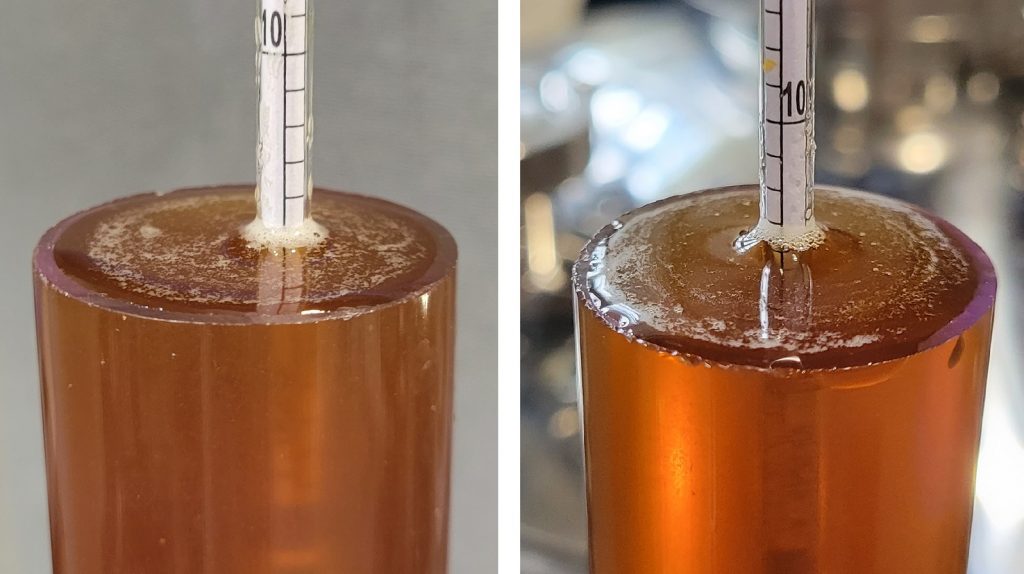
Both beers were cold-crashed overnight before I proceeded to pressure transfer them to CO2 purged kegs.
The filled kegs were placed in my keezer and burst carbonated overnight before I reduced the gas to serving pressure. After a week of conditioning, they were carbonated and ready for evaluation.
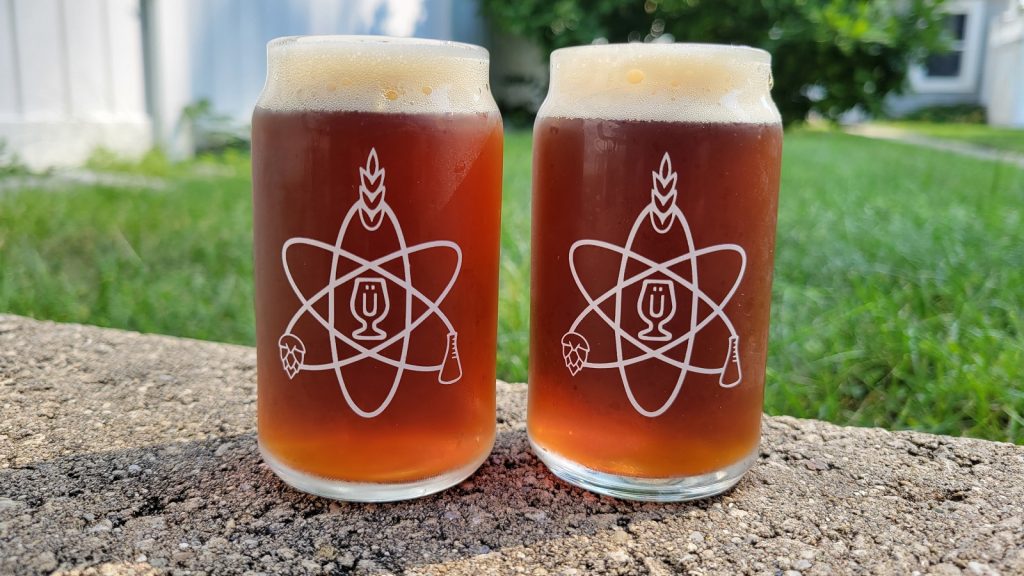
| RESULTS |
A total of 27 people of varying levels of experience participated in this xBmt. Each participant was served 1 sample of the beer made with low (normal) headspace and 2 samples of the beer made with increased headspace in different colored opaque cups then asked to identify the unique sample. While 14 tasters (p<0.05) would have had to accurately identify the unique sample in order to reach statistical significance, 13 did (p=0.08), indicating participants in this xBmt were unable to reliably distinguish an American Brown Ale fermented in a small vessel with low (normal) headspace from one fermented in a large vessel with a higher amount of headspace.
My Impressions: Out of the 5 semi-blind triangle tests I attempted, I failed to ever correctly identify the odd-beer-out, they were identical in every way to me. The beers had pleasant chocolate and caramel malt notes balanced by moderate pine hop character. Very enjoyable.
| DISCUSSION |
Fermentation vessels come in all shapes and sizes, and while it’s likely most brewers aim to ferment the most beer they can squeeze into their vessel, that’s not always the case. Making smaller batch sizes in a larger vessel is something some believe can have a perceptible impact on beer. Interestingly, tasters in this xBmt were unable to reliably distinguish an American Brown Ale fermented in a small vessel with low (normal) headspace from one fermented in a large vessel with a higher amount of headspace.
While the fermenters used for this xBmt certainly had different shapes, the most notable difference between these batches was the amount of headspace, with one having just 0.25 gallons/0.95 liters while the other had 7.25 gallons/27 liters. The fact tasters were unable to consistently distinguish these beers suggests neither fermenter size nor headspace had a perceptible impact, which calls the results of prior xBmt on headspace differences into question.
There are a number of factors in the brewing process that I pay close attention, but beer volume to vessel size, and the amount of headspace in the fermenter, has not been one of them. Given the results of this xBmt as well as my own experience drinking these beers, I will continue to not worry about brewing smaller batches in larger vessels in the future.
If you have any thoughts about this xBmt, please do not hesitate to share in the comments section below!
Support Brülosophy In Style!
All designs are available in various colors and sizes on Amazon!
Follow Brülosophy on:
FACEBOOK | TWITTER | INSTAGRAM
If you enjoy this stuff and feel compelled to support Brulosophy.com, please check out the Support page for details on how you can very easily do so. Thanks!


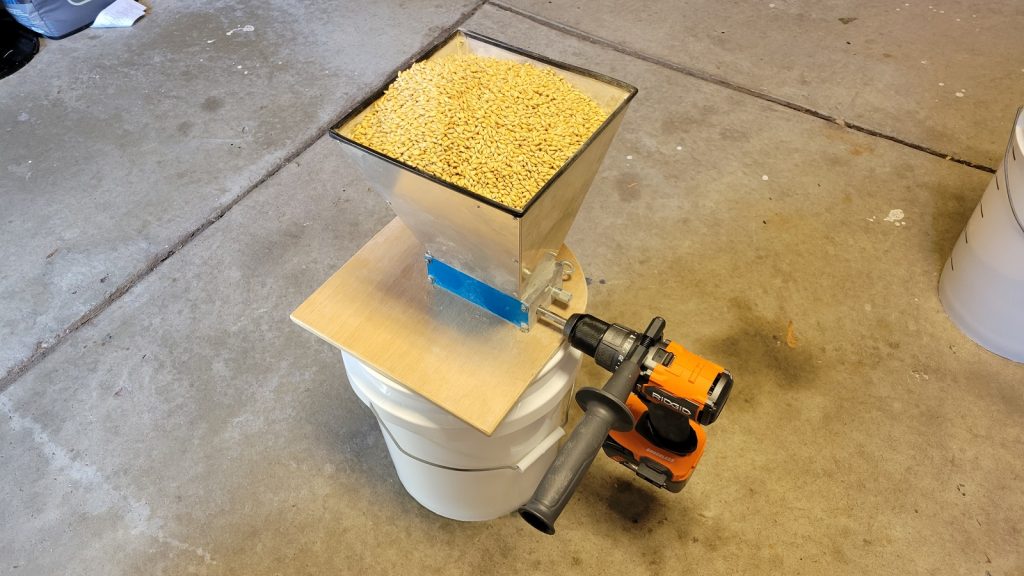
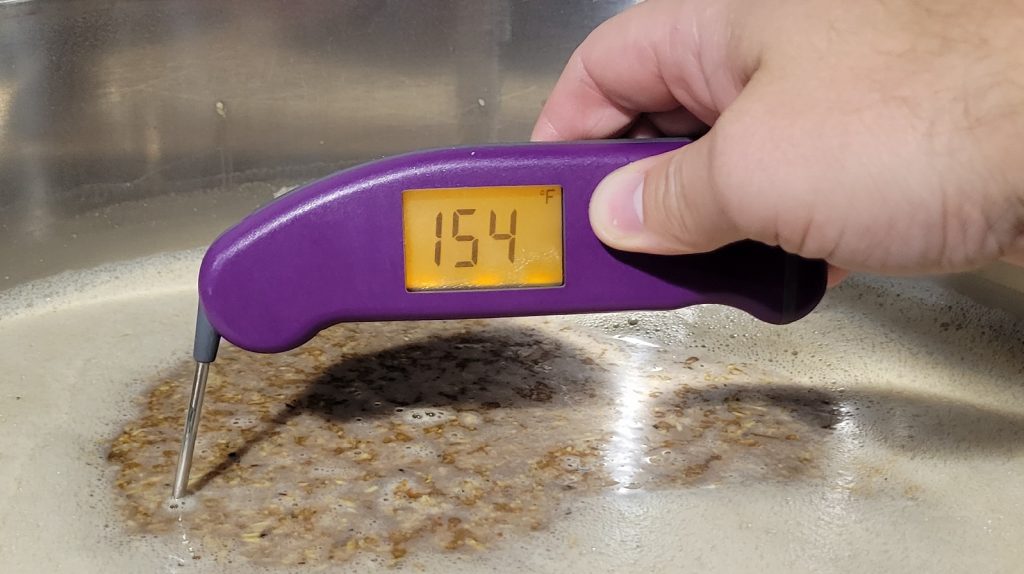
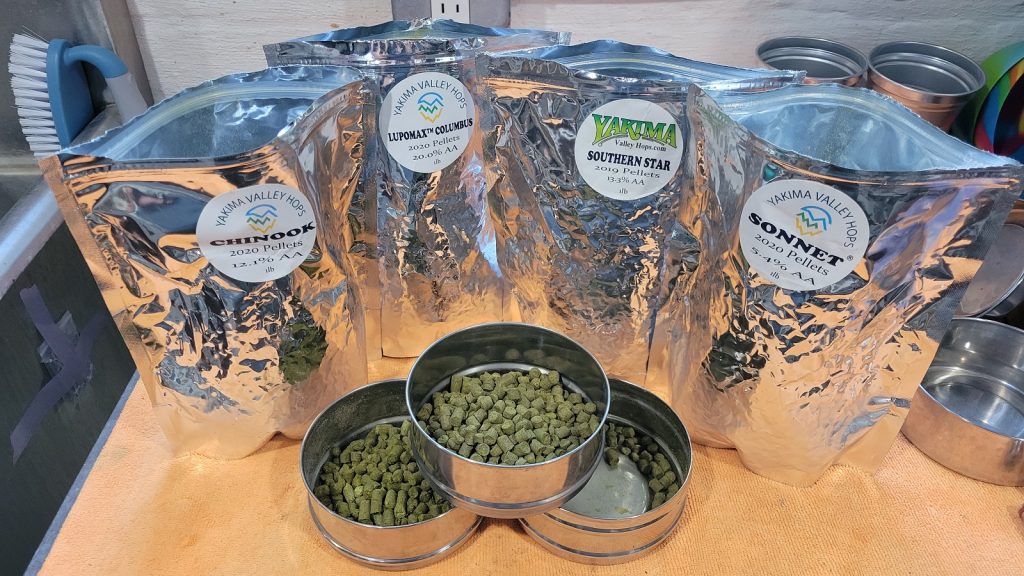
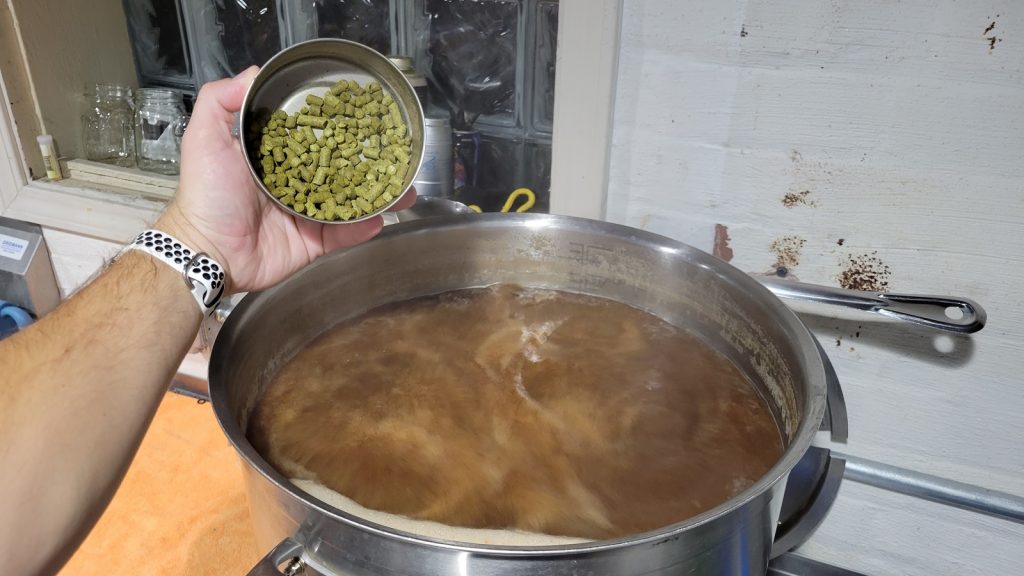
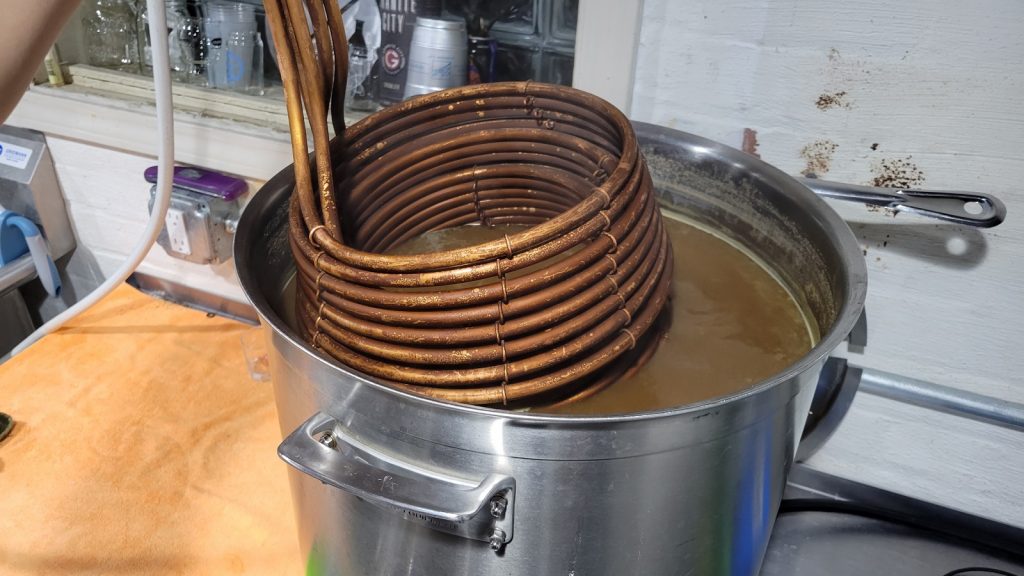
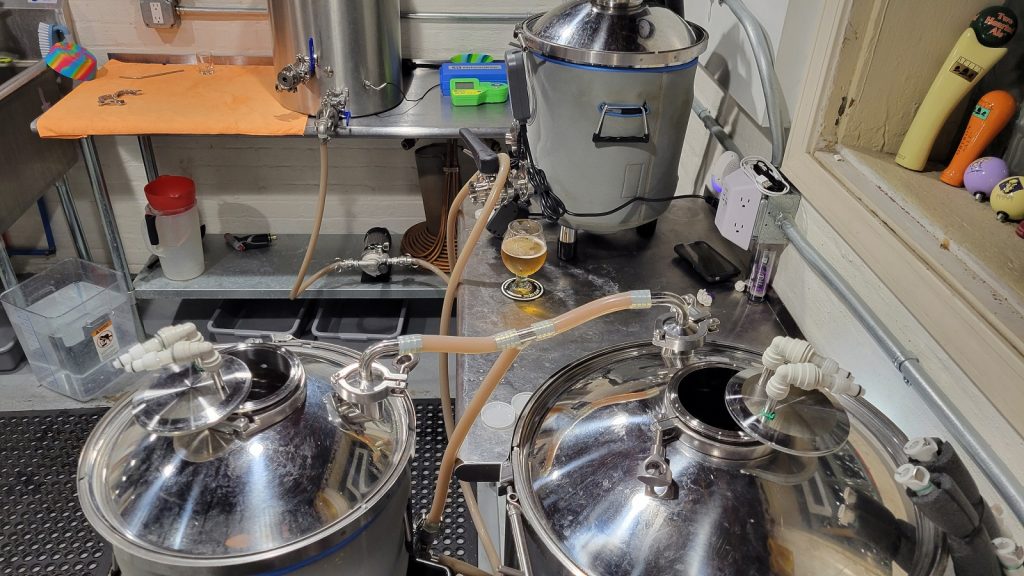
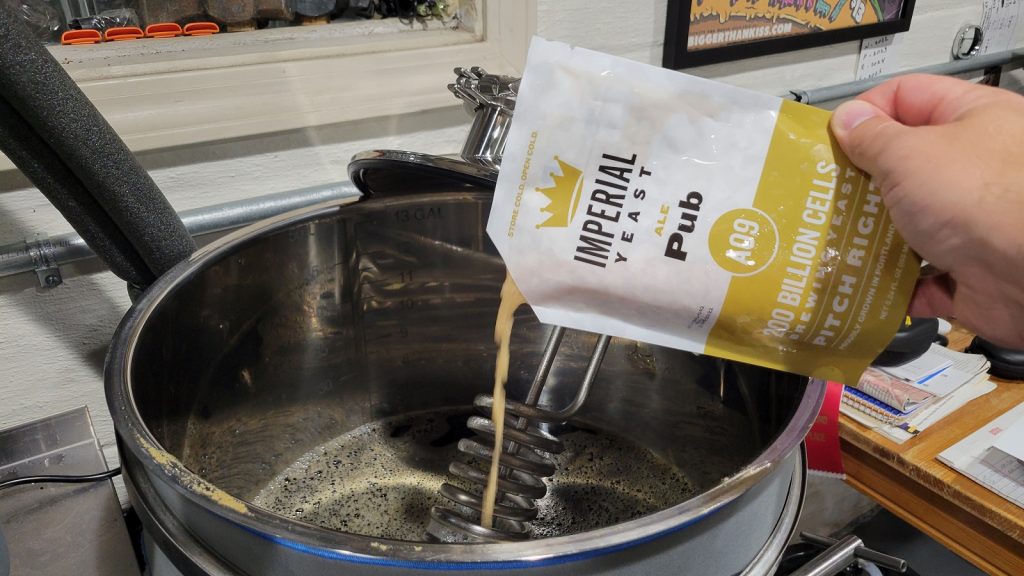
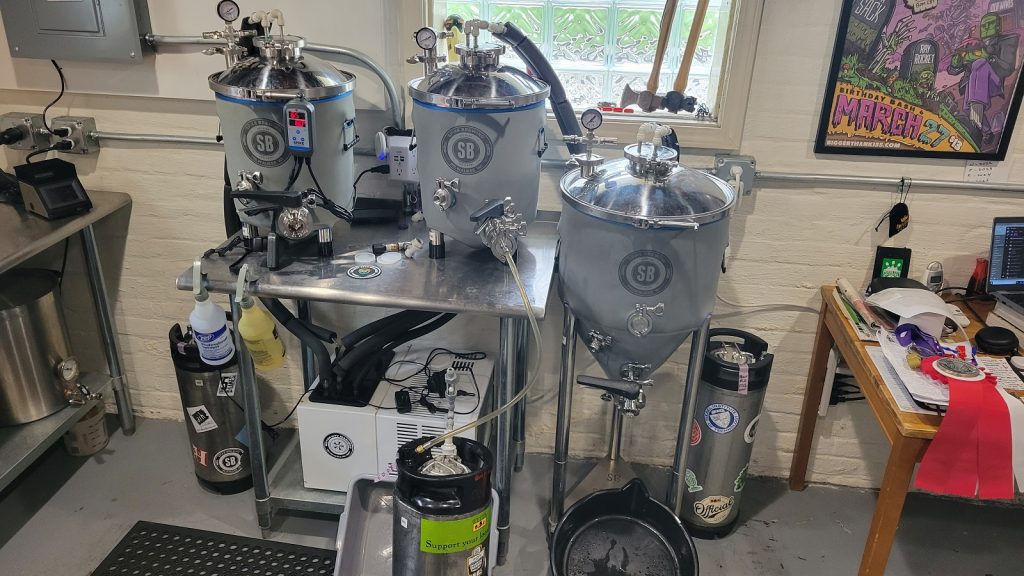











3 thoughts on “exBEERiment | Impact Fermenter Size Has On An American Brown Ale”
What about brewing an IPA, or any other style, in a smaller vessel (5 gallon) vs one brewed in a larger FV (14+ gallons). I’ve heard when you brew more that the beer tends to turn out better. True or false?
Any suggestions for substitution of Opal 22 which doesn’t seem to be made anymore?
Thanks!
This was a fantastic beer Mike. Glad we managed to get together so I could participate in an official triangle test.
I thought I perceived a slight difference in the finish, however the beer I thought was the odd one out changed whether I went A-B-C or C-B-A, and my selection was essentially a guess. Even after I made my selection, and you told me about the variable and which cup was different, I couldn’t tell them apart.